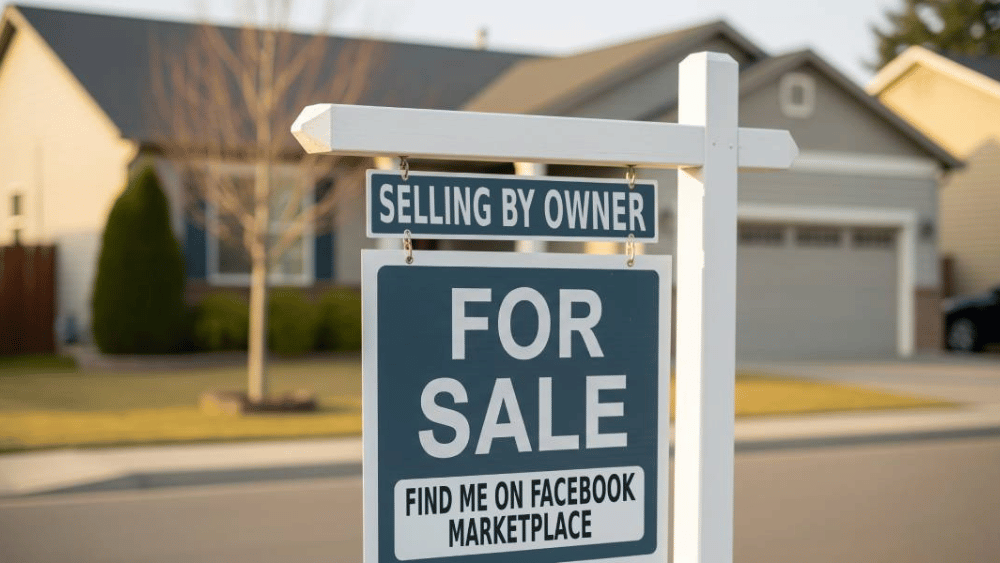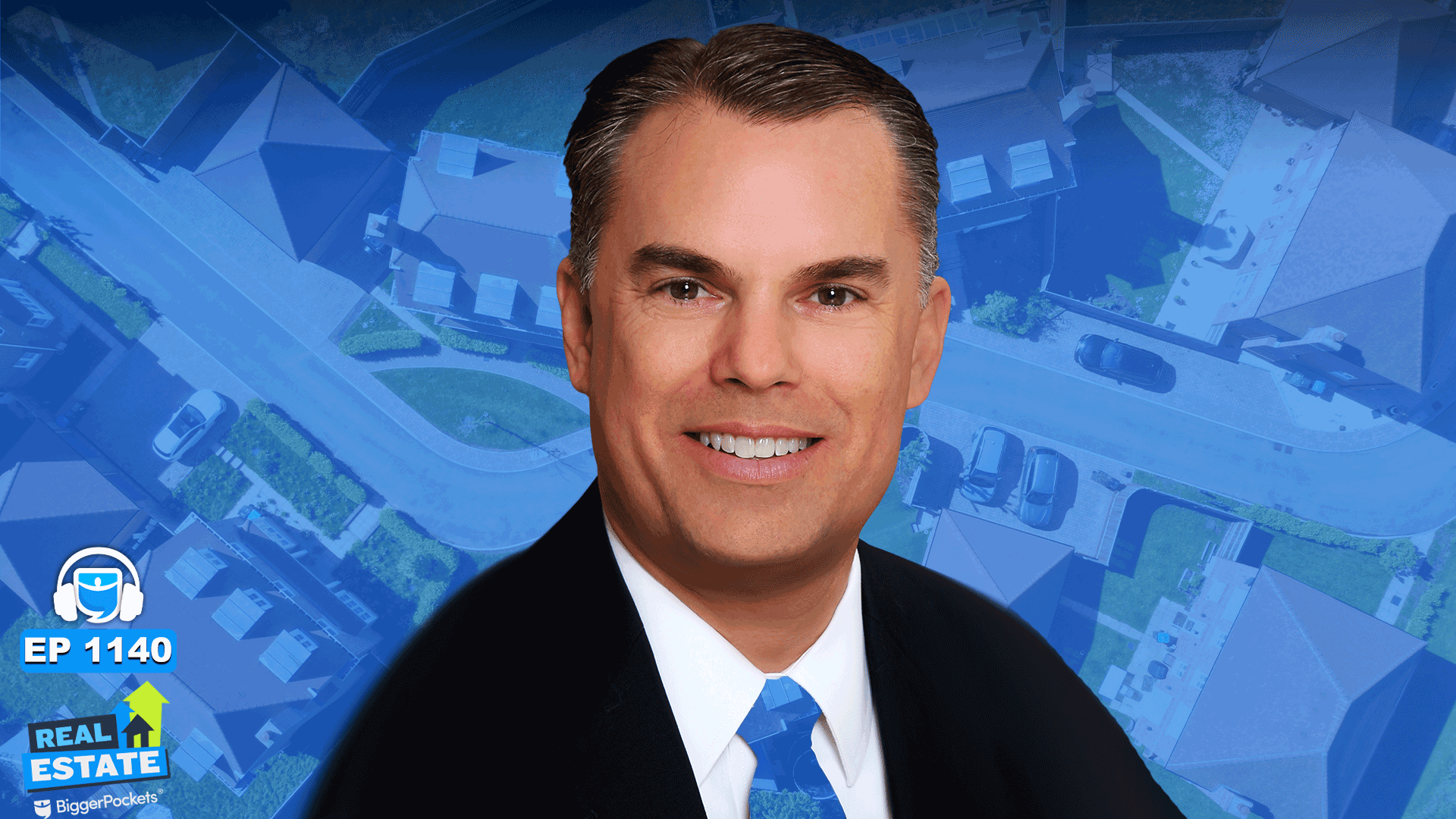A new idea to shake up Australia's controversial capital gains tax on property investing has sparked a fresh war of words about how to build more homes across the country.
A new proposal from the McKell Institute has called on the federal government to incentivise investors to buy new apartments over existing houses by tweaking the capital gains tax (CGT) discount in a move researchers estimate would help build up to 130,000 additional homes by 2030.
But some say the change could hurt confidence in new home building and slow down the supply of new housing across the country.
When an investment property is sold, the seller pays tax on the amount that the property has increased by, also known as a capital gain.
The capital gain amount is added to the sellers’ taxable income for that year, which could get taxed under the highest tax rates depending on the gain.
But a CGT discount is available for those investors who have held a property for at least 12 months, allowing them to halve the capital gain value before it’s added to their taxable income.
Under the McKell Institute plan, the researchers have proposed increasing the CGT discount on new apartments and units to 70% from 50%, while decreasing the CGT discount on existing detached houses to 35% from 50%.
It would leave the CGT discount on new detached houses unchanged at 50%, and grandfather all existing investments.
The McKell Institute has proposed changes to the capital gains tax discount for housing. Picture: Getty
The CGT discount remains controversial because it’s a juicy incentive for property investors, as it lowers the tax on profits from selling property.
However, some experts say the CGT discount and other tax concessions have encouraged too much investor demand for housing and made it harder for first-home buyers to enter the market.
Aussie homeowners who live in their property as their main residence generally don't have to pay CGT.
McKell Institute chief executive Edward Cavanough, who co-wrote the proposal with Professor Richard Holden, said the CGT discount was “neither good nor evil”.
“But it should be better calibrated to actually achieve our social aims,” he said.
“Instead of encouraging property investors to bid up the price of existing housing stock, we should be encouraging them to contribute to the construction of new dwellings.
“Our modelling shows that with a couple of simple tweaks the government could stimulate supply without affecting the budget bottom line."
The McKell Institute ruled out making any changes to negative gearing, which were often touted as another way to lower investor demand in housing.
However, the new idea has been canned by Housing Industry Association (HIA) chief economist Tim Reardon, who said it risked hurting market confidence.
“Housing is a necessity and is one of the most heavily taxed goods in the economy behind the ‘sin taxes’ of tobacco, alcohol and cigarettes,” Mr Reardon said.
“Changing taxes on investors, just as can be seen in Victoria in 2025, leads to market uncertainty, distortions and a decline in confidence. This further impairs the supply of new homes.
Australia’s median home price rose by 4.6%, or $40,900, to $821,000 during the 12 months to June. Picture: Getty
“Given the low volume of new homes commencing construction, and the large increase in population, discussion around additional taxes is unhelpful to the goal of increasing supply of homes."
The latest debate comes as governments weigh up a variety of options to make housing more affordable, whether it’s to buy or rent.
On the demand side, federal, state and territory governments have offered stamp duty discounts, shared equity schemes and more to help first-home buyers get into the market.
But the majority of experts agree that increasing supply and building more homes was the best way to provide enough homes for the county’s growing population and slow down rising housing costs.
It's why the federal, state and territory governments have signed up to the Housing Accord's five-year goal to support the construction of 1.2 million new homes nationwide, with promises of billions of dollars of investment and cutting red tape.
REA Group executive manager of economics Angus Moore said housing affordability was sitting around its worst-ever level across much of the country. Picture: Supplied
REA Group executive manager of economics Angus Moore said housing affordability was sitting around its worst-ever level across much of the country, as was rental affordability.
"If we want to improve that sustainably over the long term, we need to build more homes and improve rental availability to take the pressure of rental markets," he said.
"At the moment we aren't really doing that. Given that situation, incentives to encourage new builds are worth exploring, but we'd want to be careful that any changes didn't discourage new investor purchases, as we need extra rental supply."
Australia’s median home price rose by 4.6%, or $40,900, to $821,000 during the year to June, according to the latest PropTrack Home Price Index.
The latest data showed that the national median rent grew 5% during the March 2025 quarter, compared to the same time last year.



















 English (US) ·
English (US) ·